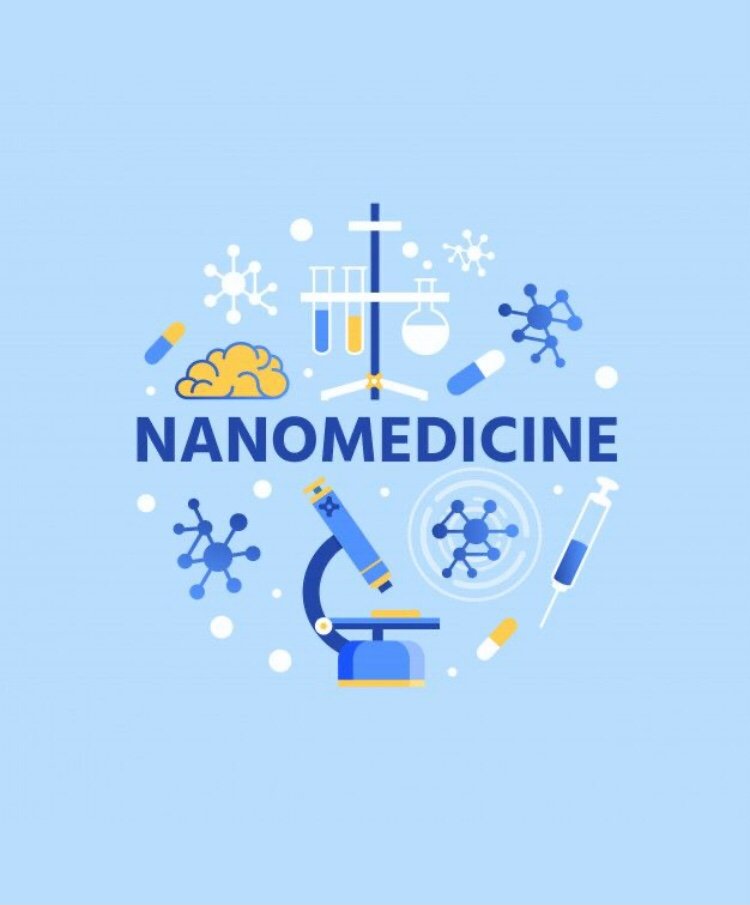Nanomedicine, a realm where minuscule materials redefine diagnosis and treatment, is poised to revolutionize healthcare. This article delves into the myriad applications, from personalized therapy to drug delivery, while also spotlighting safety considerations.
Nanomedicine, a cutting-edge discipline, propels healthcare into uncharted territory by utilizing nanoscale materials for disease diagnosis and treatment. In this realm, particles of utmost diminutiveness carry the potential to reshape our approach to medical challenges. Yet, the scale of nanomedicine itself remains a topic of debate. Some researchers cast a wide net, encompassing any medical products utilizing nanomaterials under 1,000 nanometers, while others focus intently on injectable drugs employing nanoparticles below 200 nanometers, placing bloodstream safety at the forefront.
The landscape of nanomedicine unfolds as a burgeoning frontier, captivating scientists worldwide with its multifaceted applications. Among these, the promises of enhanced drug delivery and the advent of personalized nanomedicine take the lead. Personalized treatments, tailored to an individual’s genetic profile, offer heightened efficacy and reduced side effects.
In the spotlight, innovative nanomaterials like block copolymer micelles, polymers, carbon nanotubes, quantum dots, and dendrimers empower researchers in drug delivery and precise targeting. Carbon nanotubes, formed by hexagonally bound carbon atoms in hollow tubes, exhibit immense potential in cancer therapy and diagnostic agents. Quantum dots, composed of semiconductor nanocrystals encased in an inorganic core and metallic shell, serve as versatile drug carriers and fluorescent labels. Their application combines diagnostics with therapy, particularly in cancer treatment. However, addressing toxicity concerns remains a critical endeavor.
Dendrimers, characterized by their highly branched tree-like structure, boast diameters ranging from 1 to 10 nanometers. Their hydrophobic internal cavities are ideal for carrying hydrophobic molecules, including anticancer drugs. While they may carry smaller drug quantities compared to alternatives like liposomes, dendrimers exhibit superior mechanical stability.
Beyond treatment, nanomaterials are pivotal in diagnostics and medical imaging. Common healthcare tools like rapid COVID-19 and pregnancy tests utilize gold nanoparticles to create the distinctive positive result bands. For advanced diagnostics, magnetic resonance imaging (MRI) relies on nanoparticles as contrast agents, elevating image clarity.

The allure of nanomedicine lies in its potential to boost drug effectiveness while mitigating toxicity. Cancer researchers, in particular, find this enticing as they grapple with the severe side effects of anti-cancer drugs. A notable 65% of clinical trials involving nanoparticles are dedicated to cancer treatment. The vision is to employ nanoparticle-based cancer drugs as precision-guided missiles, targeting tumors while sparing healthy organs. Researchers anticipate that, owing to the leaky blood vessels in tumors, nanoparticles can accumulate more effectively within them. Simultaneously, their prolonged circulation in the bloodstream may minimize accumulation in healthy organs, thus reducing toxicity.
Nanomedicine’s potential extends beyond cancer. Nanocoatings, designed to slow the release of asthma medication in the lungs, offer extended relief to asthma patients. This innovation revolves around creating drug particles that dissolve at a slower rate, enhancing drug efficacy and extending symptom relief for inhalant users.
Nanomedicine is a burgeoning powerhouse in healthcare, ushering in groundbreaking solutions for medical challenges. From personalized treatments to efficient drug delivery, it provides a glimpse into a future of healthcare that is both precise and transformative. However, the careful consideration of safety and toxicity concerns is imperative to unlock the full potential of nanomedicine.





